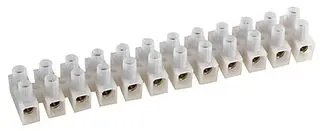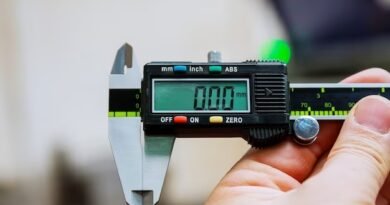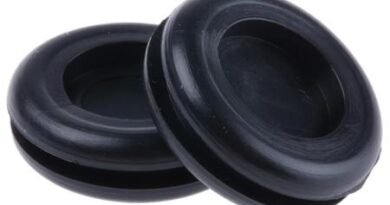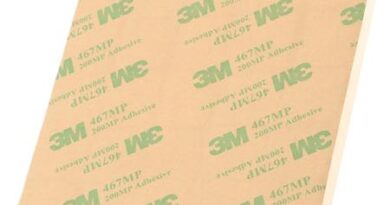The best explanation of Standard Terminal Blocks I have ever heard
Terminal blocks are known as modular, insulated blocks that can secure two or more wires together. We have a range of standard terminal blocks with voltages ranging from 24 V DC up to 1 kV. The various mounting types include panel mount, cable mount, screw down, and through-hole. Some of these Standard Terminal Blocks are known to b direct-mount, which indicates that they do not need a DIN Rail to mount. This range also consists of fused terminal blocks that collect, organize and distribute signals with more protection compared to non-fused terminals.
Working Mechanism
Such terminal blocks feature multiple screw terminals to connect multiple wires on either end. They may consist of two long copper or aluminium strips that connect different components. The strips function as busbars to effectively distribute power that is usually sent to the components. Terminal blocks may also have fuses.
Applications
Standard terminal blocks are used for various applications, such as sound equipment and electric installations. They are often used in surge protectors and in various public address systems for speakers and other such input and output devices. Standard terminal blocks are effectively used in electrical wiring to connect switches, including other significant appliances, to plugs in commercial and residential settings.




